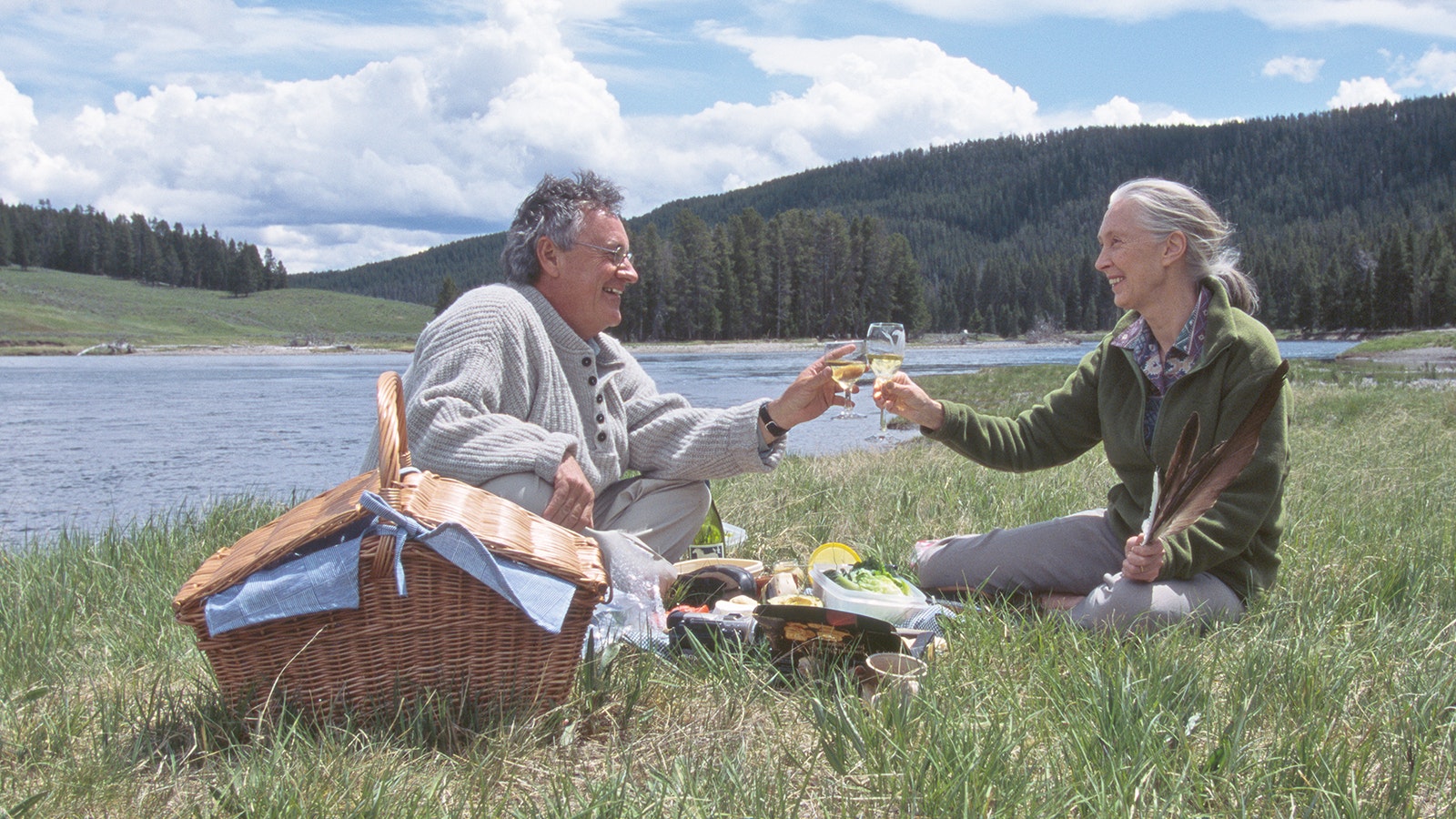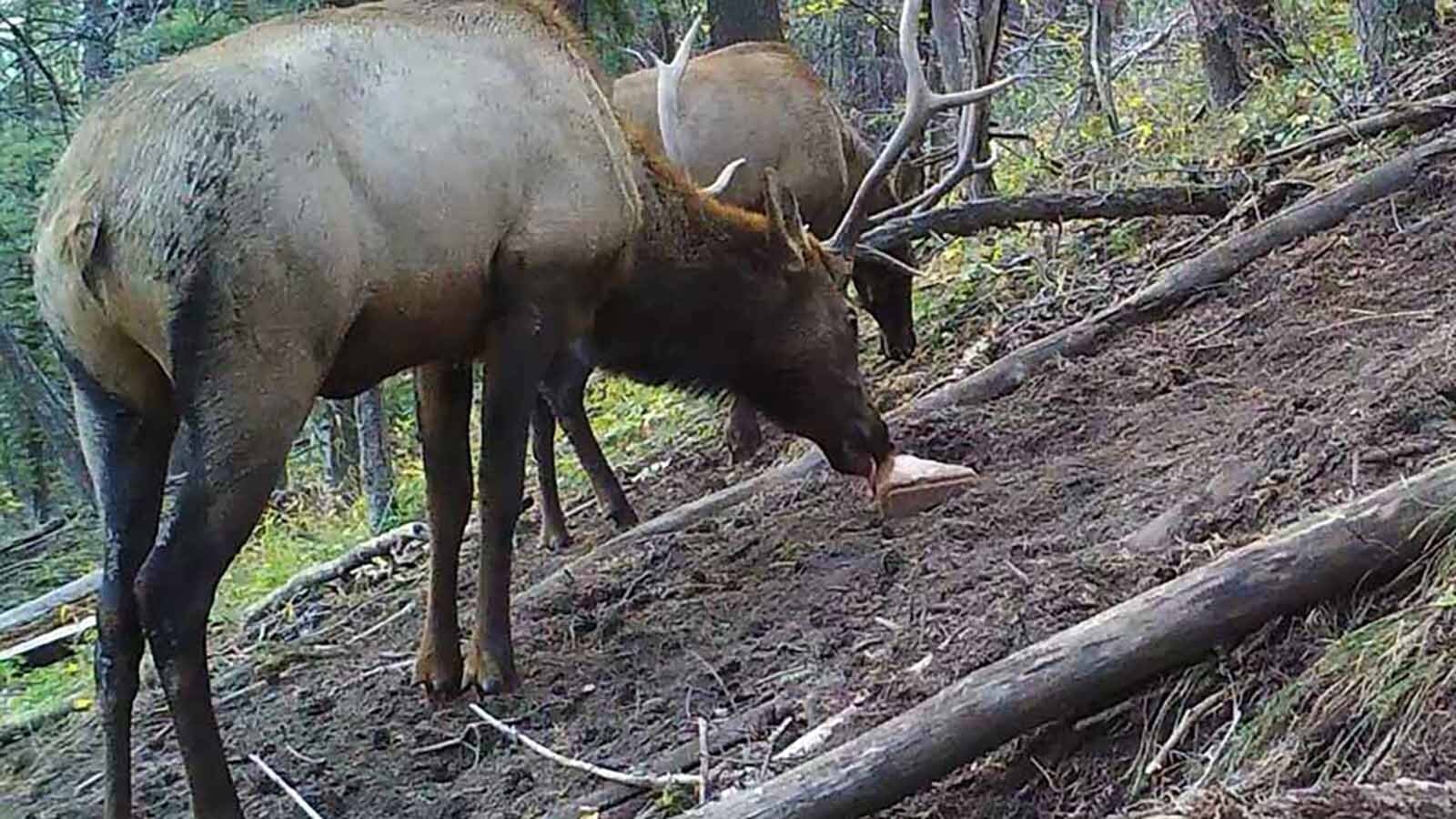Yellowstone National Park’s next major road project will include blasting nearly 100,000 tons of rock that remains from a prehistoric volcanic explosion, and the feds are giving the park $22 million to do it.
Starting in fall 2025, the Federal Highways Administration money will be used to significantly transform Golden Gate Canyon in northwest Yellowstone to make the corridor to Mammoth Hot Springs more scenic, safe and accessible.
The three-year project includes removing 96,000 tons of the Huckleberry Ridge Tuff from the sheer cliffs on the western wall of Golden Gate Canyon. The tuff, or volcanic rock formed by millions of years of compaction, is extremely tough, so removing that much rock will require explosives.
"You don't take out 90,000 tons of rock without blasting," Yellowstone Superintendent Cam Sholly told Cowboy State Daily on. Tuesday.
Golden Gate improvements are part of nine projects totaling more than $370 million in Infrastructure Act money to replace bridges and roads in Yellowstone, including the ongoing replacement of the Yellowstone Bridge, expected to be completed in 2026.
A High Priority
The Tuesday morning announcement of the FHA grant was originally planned to be held outside. However, a sudden winter storm that temporarily closed the Beartooth Highway and park’s East Entrance that morning moved the event inside.
Sholly started the event by announcing a new "wildfire strategy" for Yellowstone.
“Basically, if it gets too dry in the summer, we're going to plan an outdoor event, and then we're sure to have snow and rain,” he said.
Sholly went on to say that the "critical" Golden Gate improvements cost "a lot of money for a small amount of mileage." But by the time they're finished, there will be new parking areas, pedestrian pathways, a wider road and improved rock mitigation across the short stretch.
The project “has been planned out for a considerable amount of time," he said. "The Golden Gate viaduct was built in 1977, and there's been fairly considerable rock fall down onto the road (since then.) We probably should have gotten to it earlier, but this is a high priority for us right now."
Blasting It Better
Dan Rhodes, a landscape architect with the National Park Service for 33 years, laid out the scope of the Golden Gate improvements during a tour of the future work zone. He had to borrow a ranger hat from Morgan Warthin, Yellowstone's chief of Public Affairs.
"I'm used to wearing a hard hat," he said.
Rhodes said they will strategically blast the three "noses" of rock abutting the road. This will mitigate potential rockfall hazards and allow for widening of the existing road.
"We'll be removing around 70,000 cubic yards, roughly 96,000 tons of rock," he said. "This road is approximately 22 to 24 feet wide, and we're building to our standard 30 feet. We'll also have safety rockfall ditches on the mountainside."
The project's scope will allow for other needed improvements, such as replacing aging waterline transporting raw water to the Mammoth Water Treatment Plant. The Golden Gate viaduct will be resurfaced, but Rhodes said it doesn't need any significant work.
"We're not going to replace it because it's actually in very good shape," he said.
Bunsen Peak and Glenn Peak will receive new parking areas, and a new pedestrian pathway will lead to an overlook of Rustic Falls. Existing pullouts will be reinforced and expanded to improve visitor safety.
The huckleberry tuff blasted from Golden Gate will be incorporated into the new infrastructure. Masons will shape blocks of rock to build up and reinforce the prenylated rock walls built in the canyon in the 1930s.
Rhodes said the finished project will be evocative of the improvements at Gibbon Falls, another project he worked on. He and his colleagues are often inspired by previous projects while working to ensure their work compliments the classic aesthetic of Yellowstone.
"We don't like our work to look new," he said. "We want it to look antiquated like it's been there for a century. That's one of the things we love about what we do."
Visitor Impacts
Work on the Golden Gate improvements could start as soon as fall 2025. The project will take at least three years to complete, and visitors will experience "significant impacts" during that time.
Sholly said there will be a full closure of Golden Gate, probably during the shoulder season in fall 2026. Visitors traveling south from Mammoth Hot Springs will have to take the Dunraven Pass to Canyon Village to reach the rest of the park.
"We'll make that as painless as possible," he said. “But due to the amount of blasting that's required, it's going take us a little more time, and you can't do that with traffic going back and forth.”
Rhodes also said that a complete closure would be necessary for the project. There will be 30-minute construction delays during the peak season, while any closures will be pushed until after Labor Day.
"We're in a very narrow corridor, and with the blasting and hauling the rock out, there will be some closures to the public," he said. "All the blasting will be done during the shoulder season, so that's Labor Day to whenever the weather chases us out of here, usually Nov. 1 at the latest. That's always a challenge whenever we close any road."
Bipartisan Betterment
Sholly was joined by Shailen Blatt, administrator of the Federal Highway Administration, and Joan Mooney, principal deputy assistant secretary for policy at the Department of the Interior. Each stressed the importance of the Golden Gate improvements while expressing their enthusiasm for the project.
"One of the things about Yellowstone is it's really hard to get to, and the fact that millions of people are still making the trek means that the infrastructure is critically important," Blatt said. "I would say that too much love can be a bad thing, so it's great that we're able to make some investments."
Blatt said that one of "our challenges as a nation" is that much of the United States infrastructure was built to accommodate the traffic and climate of the 20th century. Times have changed, and projects like the Golden Gate improvements need to be proactive and reactive to endure in the 21st century and beyond.
"We need forethought," he said. "We do need to plan. Whether it's the new bridges that are going in through the work we're doing together or (the Golden Gate) project, we need to build infrastructure for the 21st century.”
Andrew Rossi can be reached at arossi@cowboystatedaily.com.









